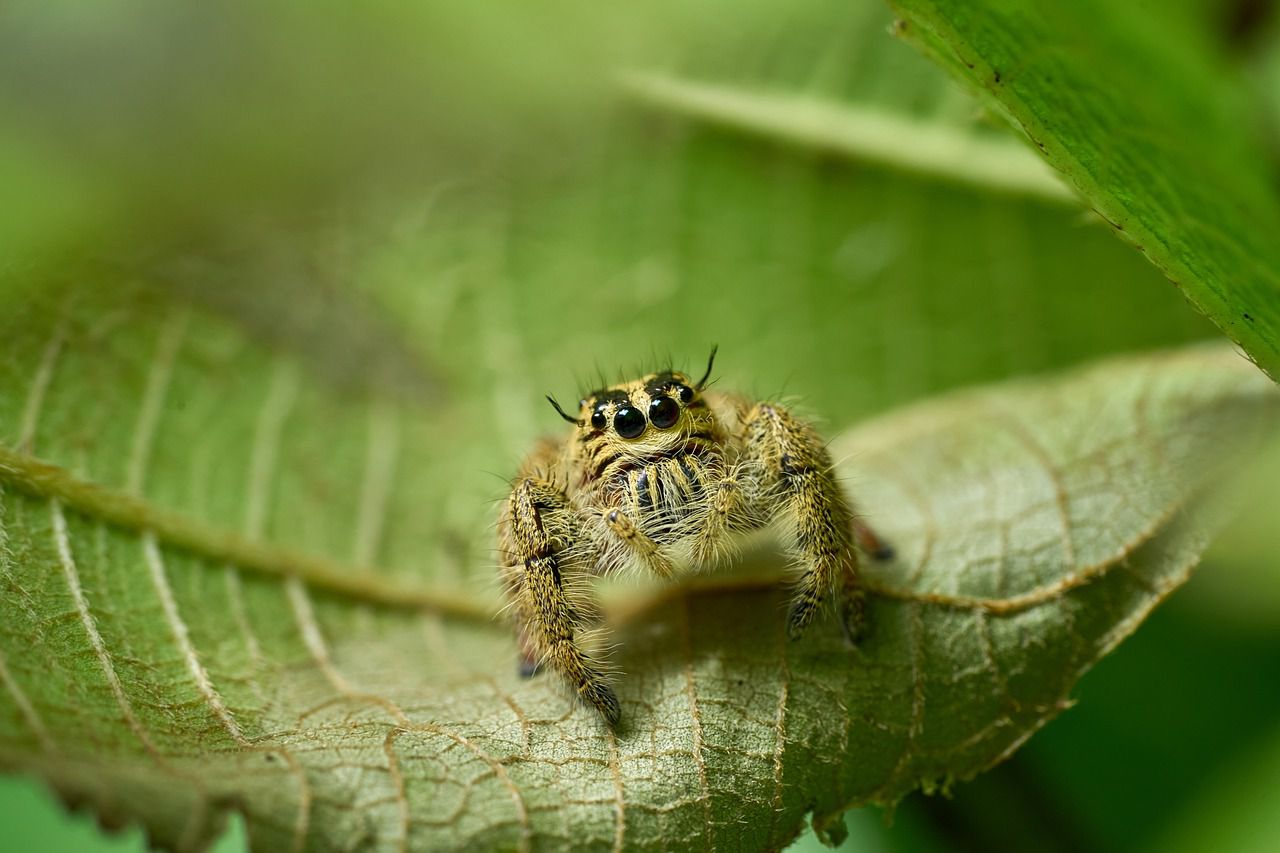A curious spider tries to look like an ant, but sometimes fails: How failed mimicry affects its local adaptation
It may seem that if an animal has gone through millions of years of evolution, then all its tricks work, but this is not so.
Scientists have found that one kind of spider that tries to mimic an ant can fool many enemies, but not all.
Here's how it affects his adaptation and survival.
A curious spider
The Siler collingwoodi spider, found in China and Japan, uses a combination of camouflage and ant mimicry to avoid predators.
It imitates the way ants walk and displays brilliant body coloration.

A recent study examined the accuracy and effectiveness of this mimicry.
The spider scuttles like an ant, raises its front legs, and adopts an ant-like gait.
When the adaptation fails
The mimicry works against spider predators, but not praying mantises.
Camouflage on a red-flowering jasmine plant was more effective than on a tea tree.
The praying mantises attacked both ants and mimics, while spiders were more cautious.
This difference may be due to the risks involved.
How it helps
The spider's mimicry helps it survive by blending in and imitating ants.
Further research on mimicry provides insights into evolutionary adaptations and predator-prey dynamics.


